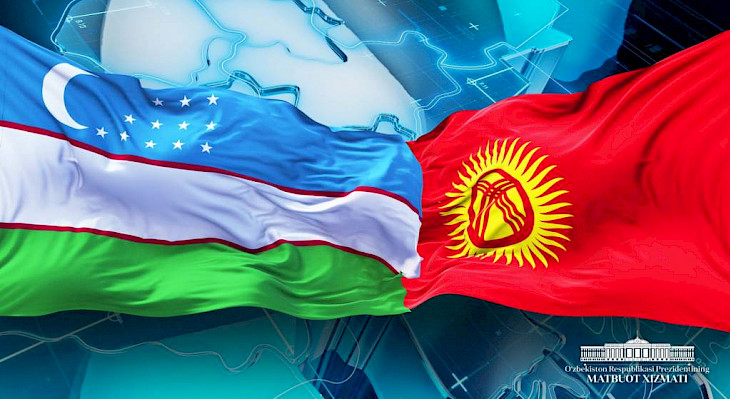A delegation from Uzbekistan, composed of representatives of the Food and Agriculture Organization of the United Nations (FAO), recently undertook a three-day study visit to Batken Region of Kyrgyzstan. The mission was organized with the objective of studying innovative artificial glacier technologies as a solution to seasonal water shortages.
The delegation attended a presentation on the artificial glacier concept and visited pilot sites in the mountainous areas to observe the functioning of pipelines, vertical spraying pipes, and the water supply system.
More than 90 percent of Uzbekistan’s agriculture depends on irrigation. In recent years, climate change, irregular precipitation, and the accelerated melting of natural glaciers have aggravated water scarcity. This is particularly evident in Karakalpakstan, Khorezm, and Kashkadarya regions, where water shortages have negatively affected agricultural production and rural livelihoods.
According to FAO experts, artificial glacier technology could become one of the promising solutions to strengthen climate resilience and improve water resource management in Uzbekistan.
The Batken experience demonstrated that local communities, by adopting simple, low-cost, and innovative technologies, can improve water supply and stabilize their livelihoods. It also created opportunities for direct community involvement in solving infrastructure challenges, especially through solutions adapted to local conditions. The introduction of gravity-based water delivery systems, rainwater harvesting facilities, and small-scale irrigation technologies helped reduce constant water demand, stabilize household incomes, and significantly ease the burden of water-related labor, particularly for women and youth.
The Batken model is now being considered as a potentially replicable approach in similar climatic and social conditions in Uzbekistan.
At the conclusion of the mission, the delegation recommended to:
conduct feasibility and hydrological studies under Uzbekistan’s conditions;
organize training and study visits for specialists and farmers;
ensure community involvement through labor and co-financing;
integrate artificial glaciers with drip irrigation and pasture management;
introduce digital monitoring systems to measure water volumes and efficiency.




